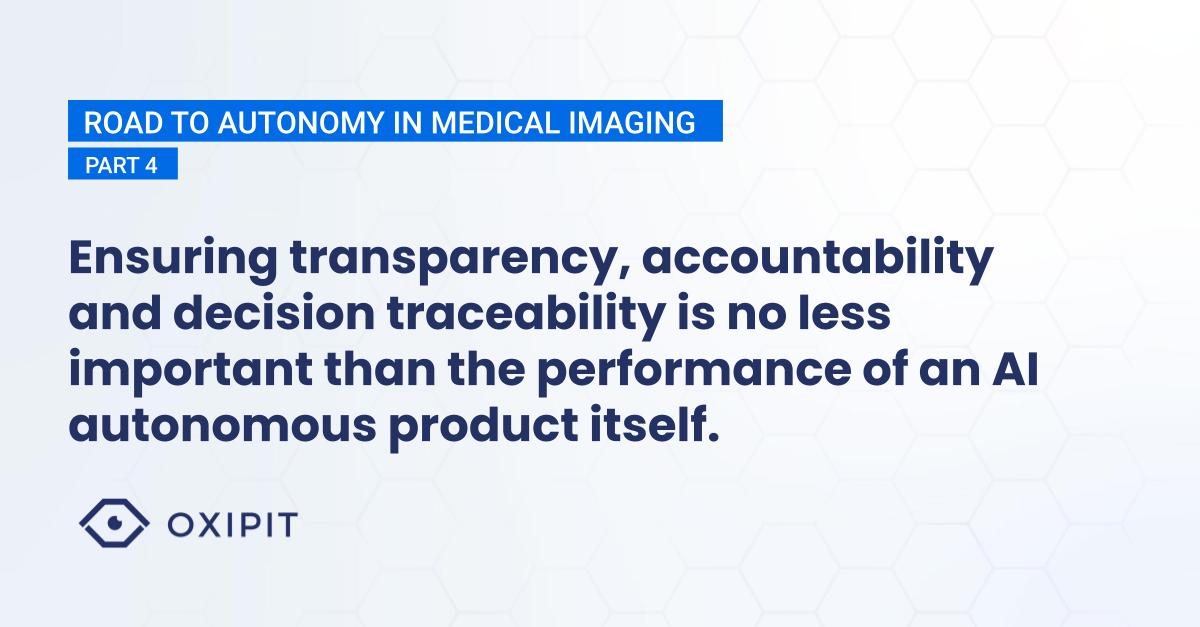
Autonomous AI medical imaging platform deployment follows a three-stage framework.
Ensuring process clarity, transparency, accountability and decision traceability is no less important than the performance of the AI autonomous product itself.
1. Retrospective analysis
ChestLink deployment begins with retrospective analysis of customer CXR data. The scope of analysis may include a couple of years worth of chest X-rays and radiological reports. At this stage ChestLink estimates what share of no-findings X-rays can be determined with high certainty – making this subset available for future autonomous reporting. In addition, potential false-negatives and report mismatches are analyzed on a case-by-case basis. This stage may take from 3 weeks to up to 3 months.
The aim of retrospective analysis stage is:
— To validate the product on customer’s data.
— To familiarize the customer with AI product operations and analytical toolkits.
— To realistically estimate the fraction of high-certainty no-findings reports – a benchmark for future autonomous operations.
The fraction for autonomous reports may vary from a few to up to 60% percent depending on specifics of the medical institution (primary care; tertiary hospital etc.)
Retrospective analysis is a sure-proof way to estimate the economic value and savings produced by automation and whether it is worth moving forward.
2. Prospective analysis
At this stage ChestLink operates ‘in the background’, shadowing the radiologist. The platform marks no-findings X-rays and compares these reports with the reports by the radiologist (whether the radiologist also marked this CXR as ‘no-findings’). Any mismatches are highlighted and analyzed by the Oxipit team and the team at the medical institution. This stage is very useful in catching ‘soft-negatives’ – when AI’s and radiologist’s disagreement originates from report misinterpretation (for instance, a textual mistype).
Prospective analysis is built around periodic audit meetings of Oxipit and customer medical team to evaluate the platform performance.
3. Autonomous operations (pending regulatory approval)
At this stage ChestLink begins to autonomously report on no-findings chest X-rays, where the platform is highly-certain that the patient is healthy (pending regulatory approval).
The same cooperation procedures – including analytical auditing tools as well as periodic audit updates put in place during the prospective analysis stage – are also utilized at this stage.
This is PART 4 of our post series exploring the road to medical imaging autonomy.
PART 3: AI Autonomy in Medical Imaging: The First Viable Step for Autonomous Operations
PART 2: AI Autonomy in Medical Imaging: Addressing Global Shortage of Radiologists
PART 1: AI Autonomy in Medical Imaging: Not with a Bang, but with a Whisper



